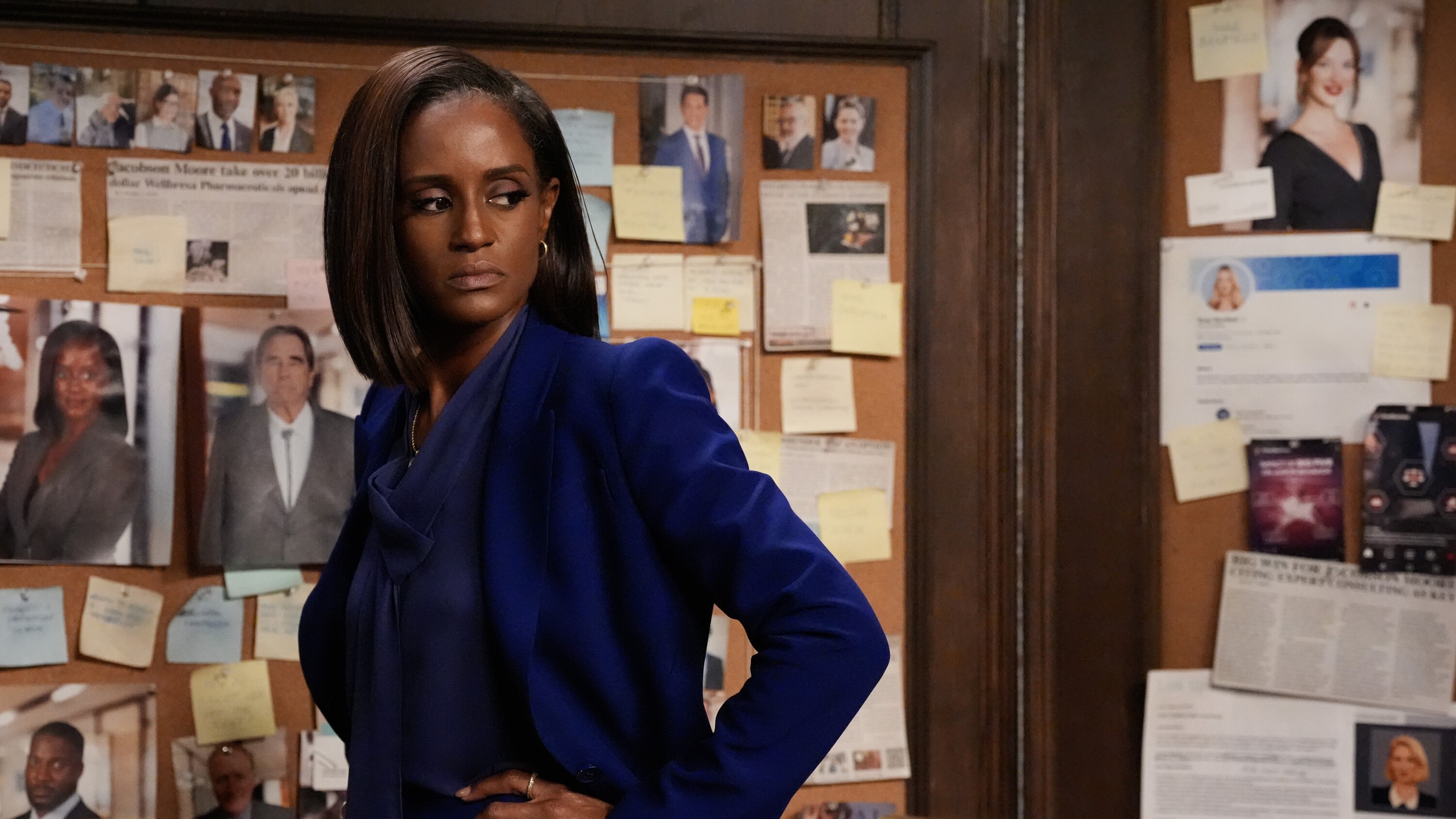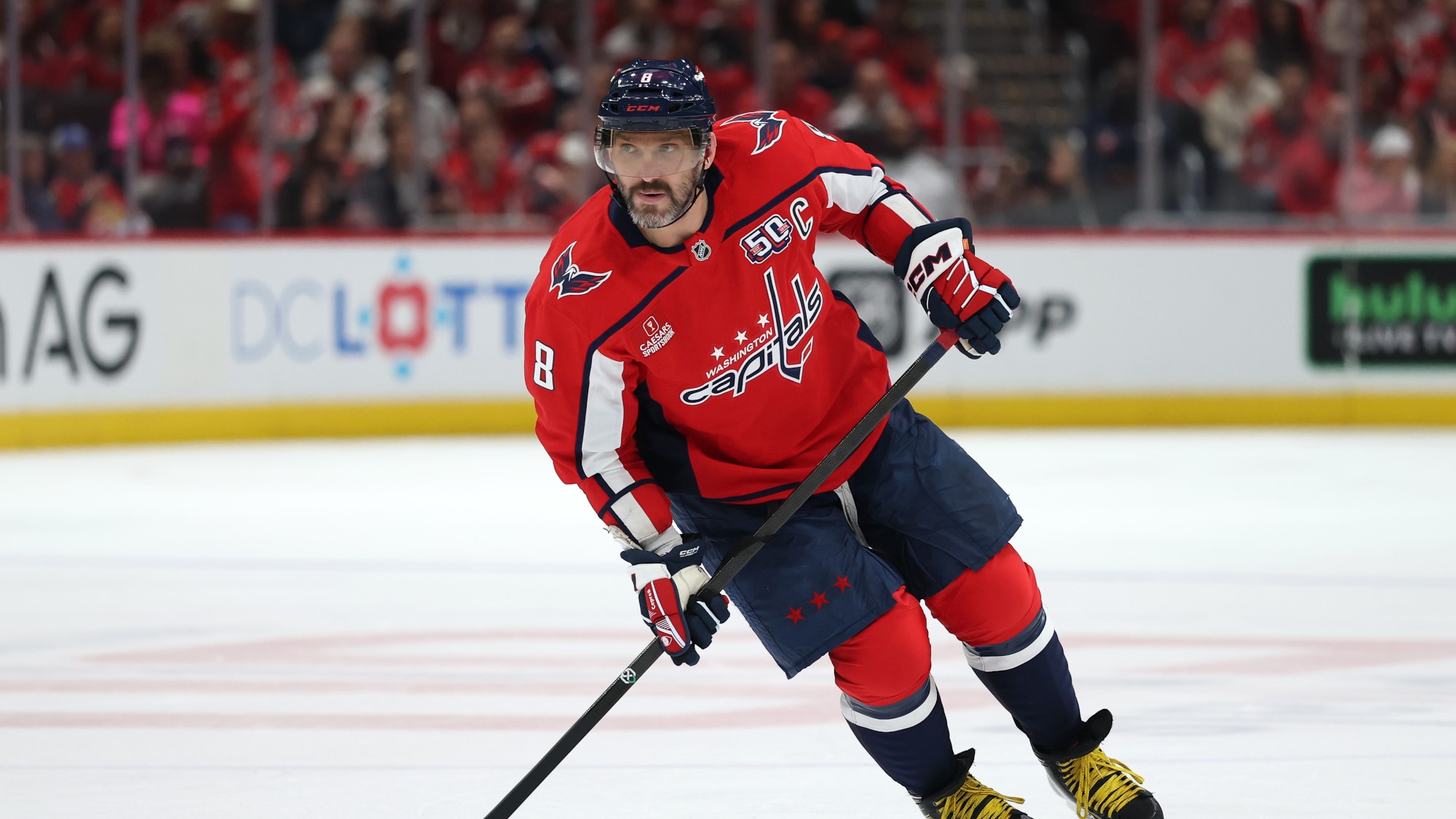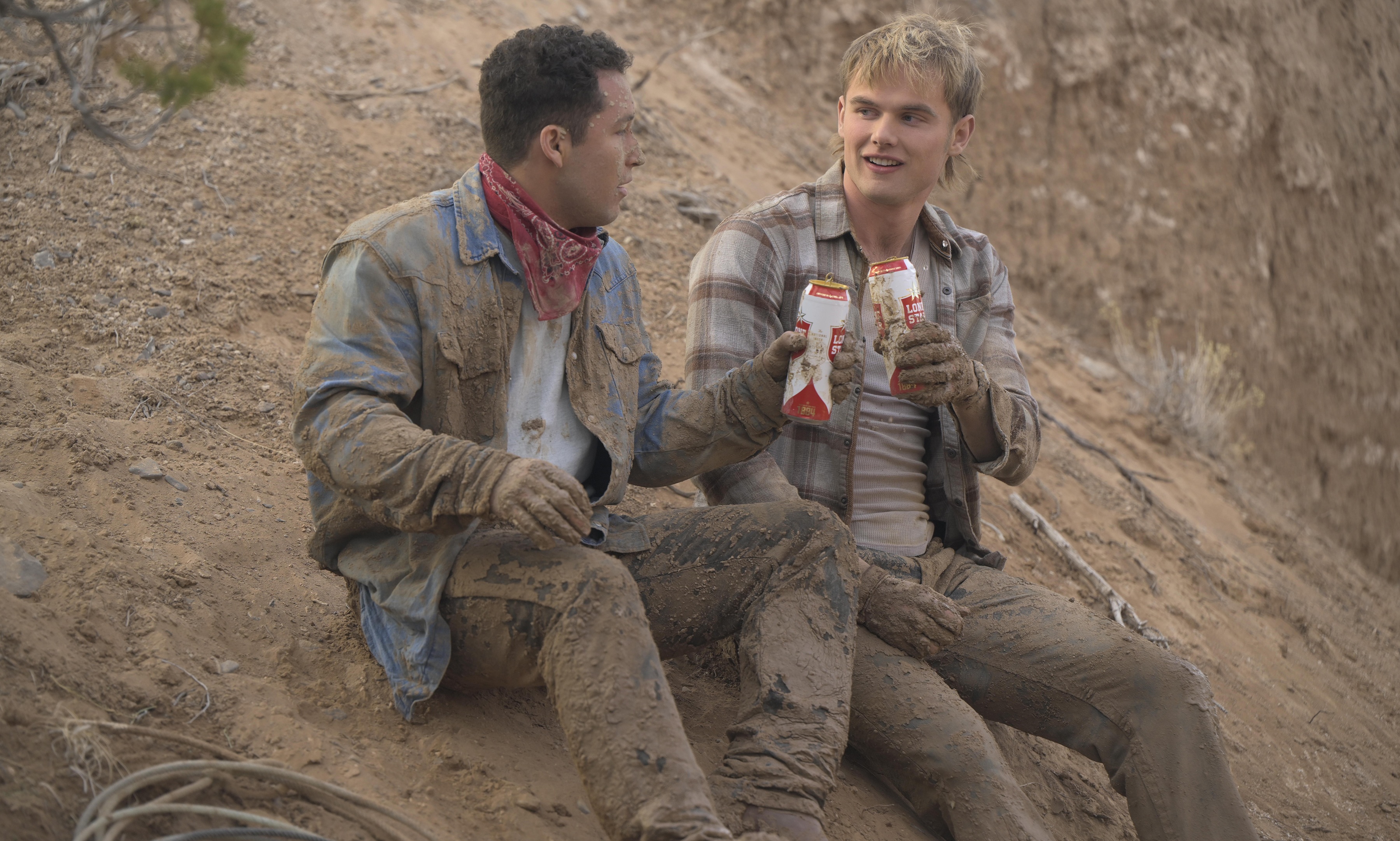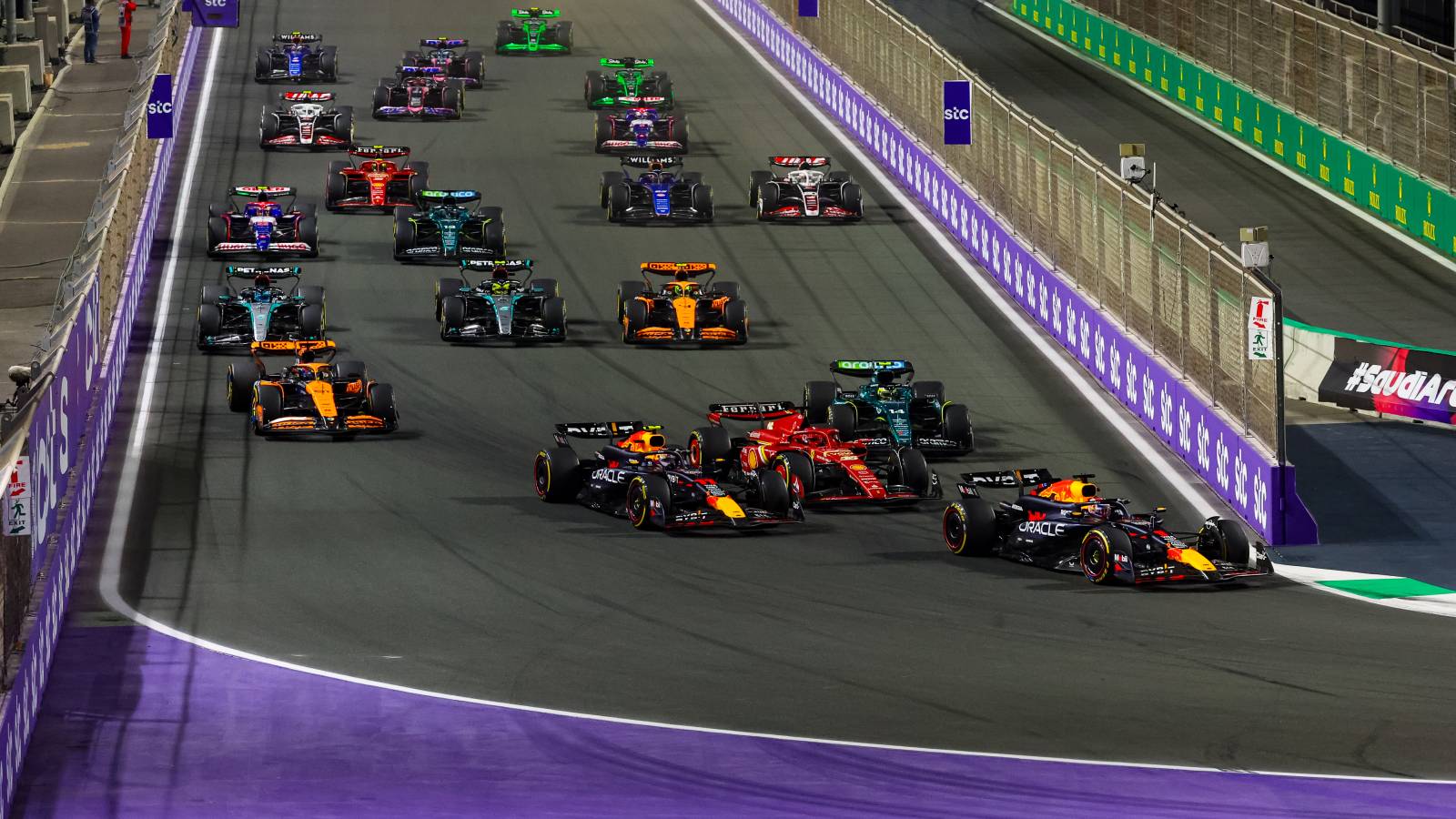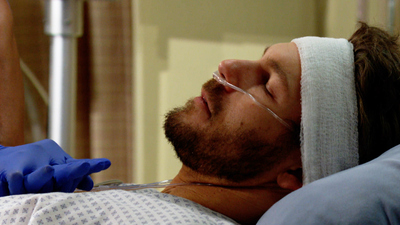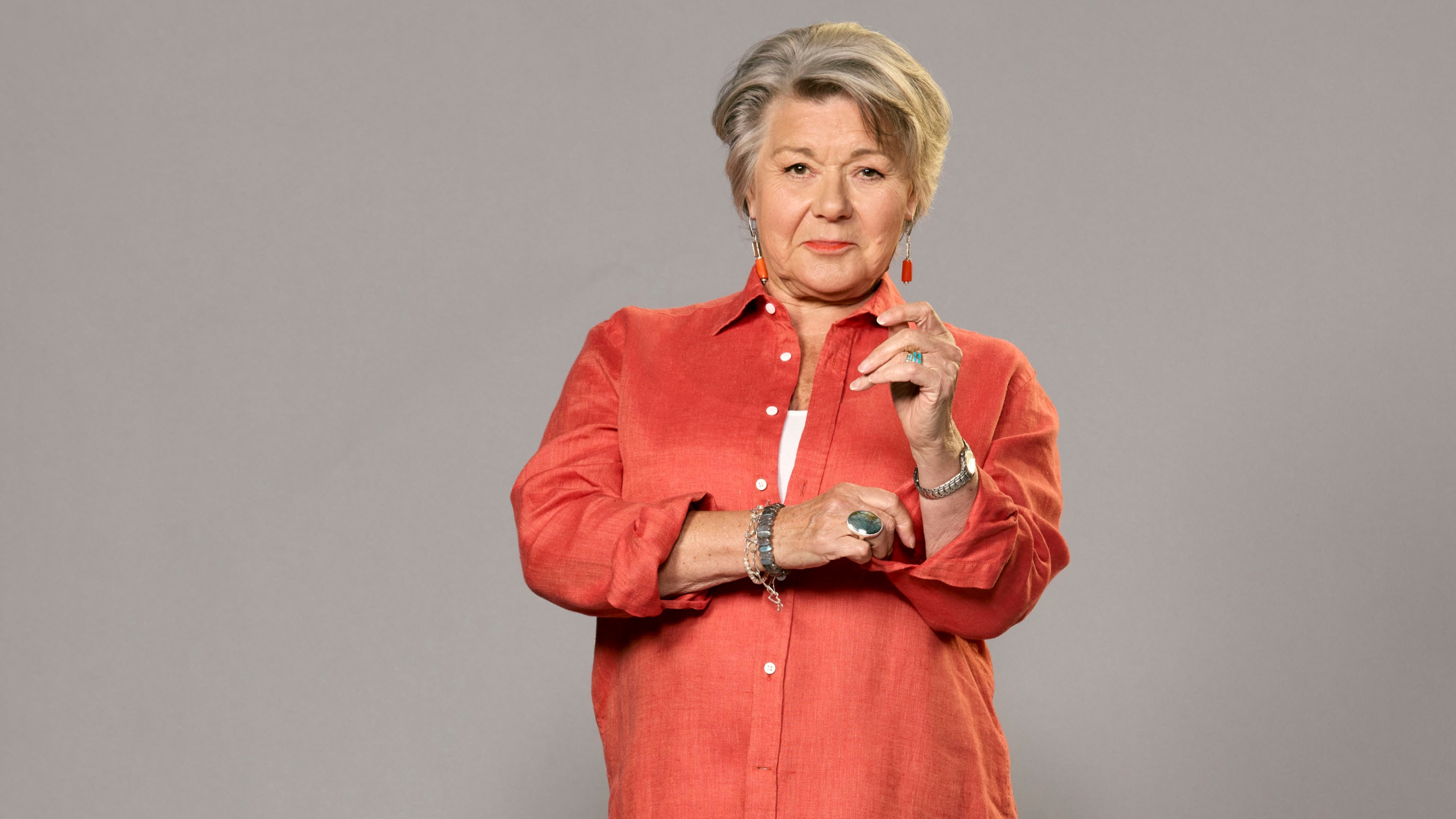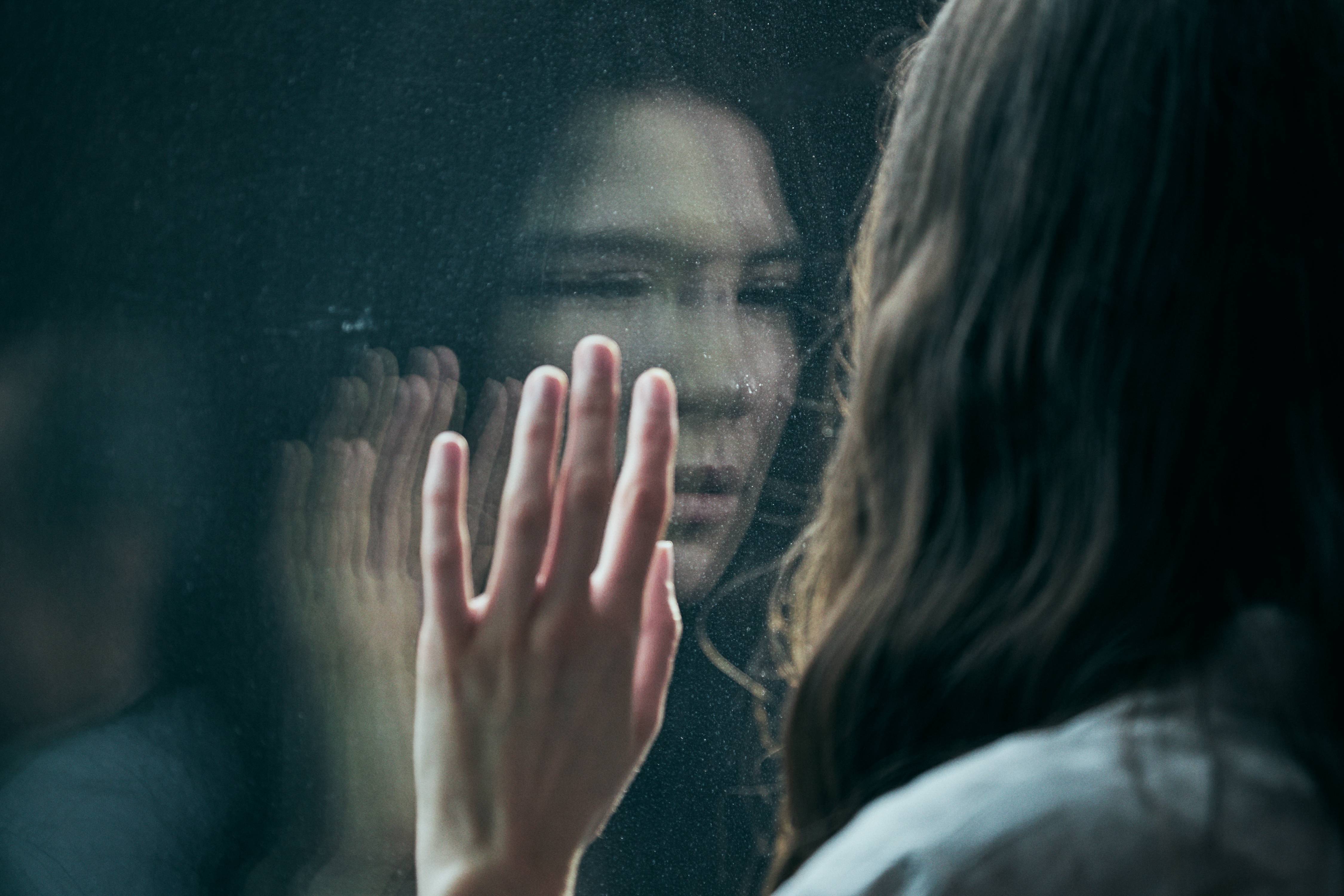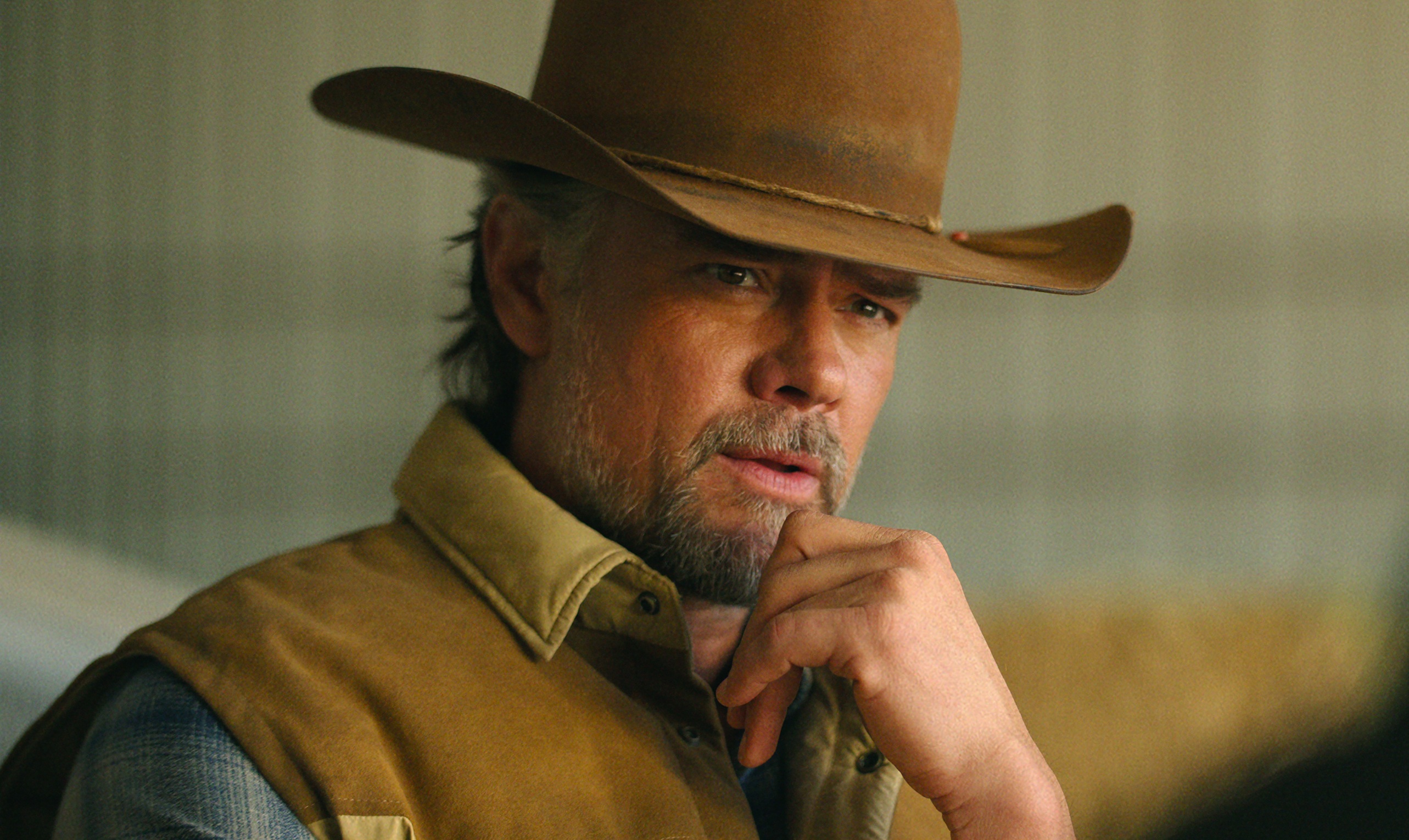Kaleidoscope best order: how to watch Netflix's heist TV show the right way
Eight episodes, many orders
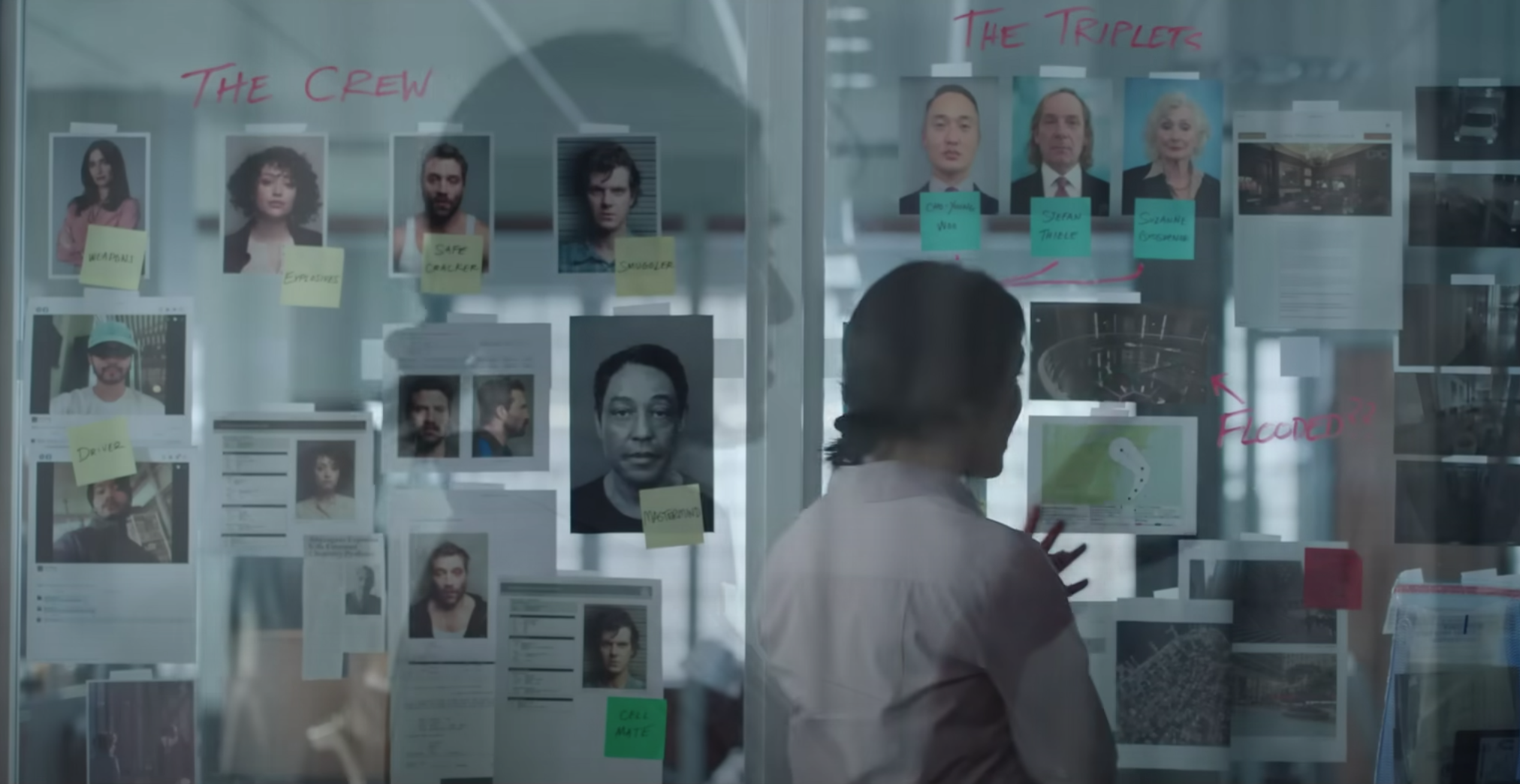
Wondering what the Kaleidoscope best order is? The new hit Netflix show encourages you to watch its eight episodes in any order, letting you introduce some chaos into your TV viewing.
Kaleidoscope is a heist TV show that's been written to make sense in whichever order you view the episodes in — in fact, when you press "play", it'll shuffle the episodes so you don't even have to choose.
Due to the nature of this format, there can be some confusion about the show, and that's why we have a Kaleidoscope ending explainer as well as a guide to the Kaleidoscope cast to help you get your head around the events and characters of the show.
The show tells the story of a heist crew conducting a heist, with all the planning and complications that usually ensue in these stories, and it stars Giancarlo Esposito and Rufus Sewell.
This isn't the first time Netflix has played with this concept, as the first season of the sci-fi show Love Death and Robots played in shuffle mode too, but that was an anthology so Kaleidoscope takes the premise to a new level as its episodes all explore one story.
While you can simply press play on Kaleidoscope and see the episodes in any order (except White, the heist episode, which always plays last), there are some better and some worse ways you can watch the show.
If you don't want to leave fate to chance, here are a few particular orders you might want to consider instead.
Get the What to Watch Newsletter
The latest updates, reviews and unmissable series to watch and more!
1. Watch Kaleidoscope in chronological order
- Violet
- Green
- Yellow
- Orange
- Blue
- White
- Red
- Pink
Why not just watch the heist in Kaleidoscope in the order it happens?
This isn't Netflix's optimal viewing order, as the streaming service always defaults to ending on heist episode White, but it's the one that makes the most sense, ditching any fancy narrative features in favor of a good old-fashioned chronological order.
Violet takes place 24 years before the heist, with time quickly progressing up to White, with Red and Pink showing the aftermath of the heist. So you can see the character's motivations and backstories before we get to the current time.
That means you won't keep asking "why did they do that?" if you're watching future-set episodes first, though you'll be missing out on some fun intrigue. Or, if you want to be truly baffled the whole time, you could watch all the episodes in backward order, like a confusing Tenet rerun.
2. Watch Kaleidoscope in Netflix's best order
- Orange
- Green
- Violet
- Red
- Yellow
- Blue
- White
- Pink
Netflix itself Tweeted some viewing orders for Kaleidoscope, and as well as a few bizarre ones based on its own properties (like Orange is the New Black), it has one great one called "Kaleidoscope as a classic detective story".
This order works around the time jumps that the show has been written around, but fits the story into a more familiar narrative structure which makes it easier to watch.
That means you get to watch some of the heist prep, then some of the backstory, then more of the prep, then the heist, followed by a denouement with the six-months-later episode last.
3. Watch Kaleidoscope in the What to Watch order
- Pink
- Yellow
- Orange
- Green
- Blue
- Violet
- Red
- White
So you've heard from Netflix and you've heard from time, but now it's time for What to Watch's optimal order.
Our first two order suggestions drop White near the end, but since Netflix always puts it dead last when you shuffle the episodes, so this order is based around keeping White in the last slot too.
We start with Pink, six months after the heist — beginning with each character's fate adds an extra layer of tragedy and inevitability to the proceeding events. If Titanic did it, we can too.
Then we go back in time with the build-up to the heist — Yellow, Orange and Blue all show us the gang getting ready to steal the money. These are broken up with Green and Violet, with the back-story episodes sprinkled in to ensure they don't break up the building tension too much.
Finding a place for Red is the hardest task, as the morning-after episode spoils a lot of the heist, but by treating White and Red as a two-parter and playing the second part first, the tension and intrigue as to what actually happened in White are built up.
If you don't need to end on White, you can swap it and Red around to create a more coherent two-part finale — or, for a dose of anarchy, you can play it first. This is a narrative tool called 'in medias res', which starts a story in the middle of the action.
4. Watch Kaleidoscope in the worst order
- White
- Red
- Pink
- Blue
- Orange
- Yellow
- Green
- Violet
So you don't want to take our advice and watch Kaleidoscope in our picks for the best possible order. Well, at the very least, don't watch it in this order.
There's a reason Netflix ends Kaleidoscope on White if you play in shuffle — if you start on it, you spend 40 minutes quite confused. Trust us, we decided to be contrarians by starting here, and we regret it.
Starting on White is never the way to go — not only does the crew's solutions to each issue in the heist seem totally random and confusing, but none of the characters' personal decisions make any sense either, with people jeopardising the heist for seemingly no reason. Plus, the whole segments with Roger Salas and Hannah Kim seem pulled out of thin air.
After that, in this terrible order, we've decided to just continue with the chain of events. You're spending even more time with these characters without understanding any of them, and without getting any of the backstory that justifies their actions. They all end up seeming like idiots.
Once we've passed Pink, the last episode chronologically, we go to Blue, the episode before the heist, and work backwards chronologically from there. Each subsequent episode takes place before the previous one.
Why? Just to make this viewing order as confusing as possible. There's a reason why it's the 'worst' viewing order, after all.

Tom is the streaming and ecommerce writer at What to Watch, covering streaming services in the US and UK. His goal is to help you navigate the busy and confusing online video market, to help you find the TV, movies and sports that you're looking for without having to spend too much money.
